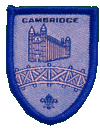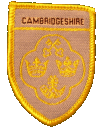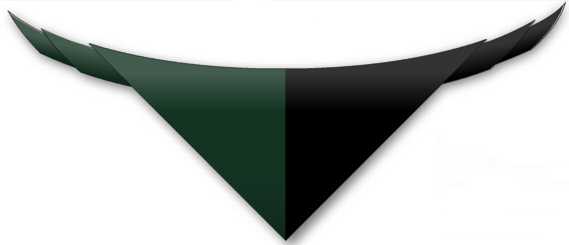Woggles
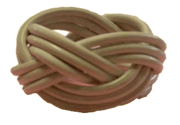
A famous and traditional part of scouting uniform, woggles hold a neckerchief
in place. They can be seen on scouts, cubs, beavers and their leaders, just
below the neck, holding the two ends of the neckerchief ('necker' or scarf)
together.
- Material
- Woggles can be made of pretty much anything (even glow-in-the-dark
string). Indeed, some scouts maintain that the best woggles are those made
from scavenged materials. Leather is a common material, as is wood (carved
and hollowed) or bone, and probably the most famous shape is that made from
a Turk's Head knot in either cord or a strand of leather.
- Position
- The woggle (called a 'slide' in America) sits just below where the neck
meets the chest. It should be positioned so that it would touch the lips
if the tips of the necker are raised over the head. Lower down and it could
swing up and hurt your eye, higher up and it could be a threat to your airway
in an accident.
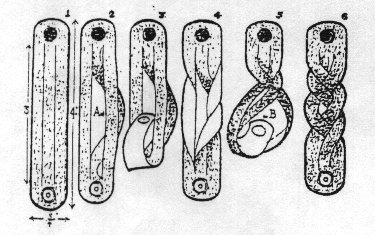 Multiple
woggles
Multiple
woggles- This can get competitive. Woggles can ride over each other, and often
a woggle will only stay on as the top-most woggle where the necker strands
are thickest, causing them to fall off readily. Others can be low enough
on the scarf to hit the eye. Multiple woggles may be apt at a jamboree but
two woggles are generally as many as you should consider, and may be reduced
to the one uniform woggle in formal situations.
- Keeping them
- Every camp leaders pick up lost woggles from the preceding campers and
search for those that our scouts and cubs loose. To keep a woggle that threatens
to slide off in place, thread an elastic band or hair band around the scarf
above the woggle. Twist it into a figure of eight behind the woggle and
again around the scarf below the woggle. This won't be visible but will
keep the woggle in place. If you do this, because it is difficult to adjust
after fitting, it is particularly important you don't have your woggle too
high or your necker too tight.
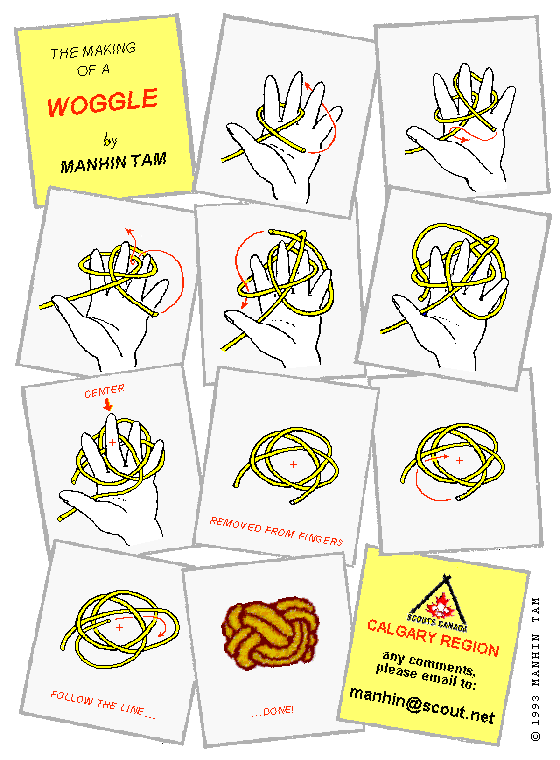 Types
Types- There are
many many types of woggles, but they fall into four main types
- 1. Uniform woggles
- These identify a lodge, six or patrol. Useful to identify assigned
groups (for a new member, or a new leader), when group unity needs reinforcing
or to aid a level of neatness.
- 2. Commemorative woggles
- These may be worn with the uniform woggles, or alone. They may commemorate
anniversaries, such as the 2007 100 years of Scouting Centenary Woggle,
or attendance at a Jamboree or other memorable event.
- 3. Hand made woggles
- Any material, any how. The more individual the better. May be modelled
to be colour co-ordinated or symbolically linked with six, patrol etc.
- 4. Temporary woggles
- As with the more carefully made crafted woggles they should display
the best of scouts skills available in the situation. Many will be of
‘found materials’; the invention and craft shown will reflect
on the wearer.
- Knots as woggles
- The commonest know used for woggles is the one used for the Gilwell Woggle,
given to leaders on completing their training. This is a Turk's Head knot
and is straightforward, if a little long winded, to tie if you concentrate.
- Knots in neckerchiefs
-
Knots in scarves generally looks as if someone has not ‘been prepared’
and has forgotten, or lost, their woggle. The Friendship Knot (right) is
an exception and sits at the bottom of the scarf. Some traditions put an
overhand knot in the bottom of each tail of the necker. Knotting of neckers
should not be so high as to prevent the necker from being readily removed.
Links
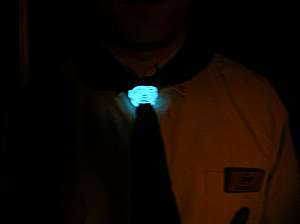 Make
a light-up-in-the-dark woggle
Make
a light-up-in-the-dark woggle
Tying
a Turks Head knot on your fingers
Tying a Turks Head knot
around a pole
Tying a friendship knot


